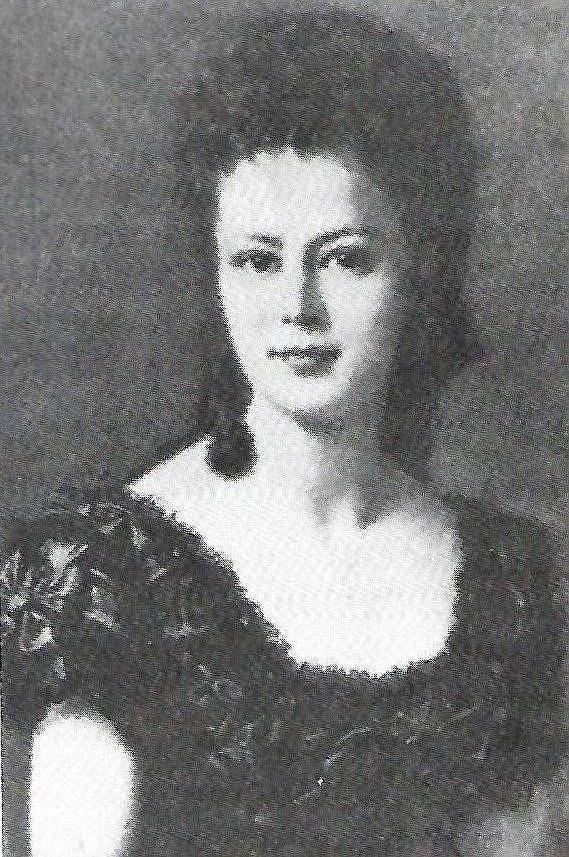(Editor's note: Second of three parts)
Hamilton County was chartered in 1819 and Chattanooga in 1839, an indication that population was increasing. However, by the 1880s, Chattanooga and Hamilton County had no hospital. The hospitals that had dotted the landscape during the U.S. Civil War had disappeared, and efforts to create a community hospital had failed. But in 1888 the newly created Chattanooga-Hamilton County Hospital Board met for the first time. Item No. 1 on the agenda was the identification of possible funding for a community hospital.
In an interesting twist of fate, others were pondering the same question. That same year, the Cincinnati Southern Railroad and the Alabama Great Southern Railroad -- the Queen and Crescent -- repurposed an older building to create a new passenger railroad station in Chattanooga at Market Street and Union Street. Officials were concerned that railroad accident victims could not be treated properly in Chattanooga; an earlier accident north of Chattanooga had required the victims to be transported across the state to Memphis.
Baron Frederic Emile d'Erlanger, a major investor in the Queen and Crescent, wrote to the railroad's surgeon, based in Chattanooga, asking him about the situation. The baron decided to visit Chattanooga the following spring, and Chattanooga hosted a "red-carpet banquet" at the elegant Stanton House in his honor. While the menu for the evening no longer exists, newspaper accounts mention that "guests felt merry" as the dining, and dancing stretched until 2 a.m. Judge Lewis Shephard recalled the evening years later by noting, "You may be sure that we lauded the Baron to the skies on account of the interest he was taking in the development of our southern country." He also mentioned that many of the guests applauded the baron for "selecting a southern woman for his wife."
During the course of the evening, Dr. George A. Baxter spoke to the crowd about the need for a hospital and announced that Charles Schleff, president of Associated Railways, had offered to contribute $4,000 to the project if the community could raise a total of $50,000. As the crowd looked from one to another, the baron rose to his feet and pledged $5,000 from his personal funds and committed to asking two other railroads on whose boards he served for an additional $5,000 each. The crowd exploded with excitement. Baxter suggested that the hospital should be named for the baron's wife, the Baroness Marguerite Mathilde Slidell d'Erlanger, originally from Louisiana.
With the railroads' and the baron's pledges, the Chattanooga Hospital Association launched a campaign to raise the additional funds. Within weeks, more than $55,000 had been committed. Board President C.D. Mitchell and Baxter, the secretary-treasurer, purchased four acres on Harrison Street (now Third Street). A construction committee was created, and H.S. Chamberlain, Gen. Xenophon Wheeler, Col. Tomlinson Fort, M.J. O'Brien, Adolph S. Ochs, A.A. Strong, H.F. Temple, Capt. J.F. Shipp, D.J. O'Connell and A.G. Burge joined Mitchell and Baxter to oversee the "birth of Chattanooga's hospital."
Local architectural firm Hunt and Lamm donated its services because the hospital "would be used in the interest of public charity." The design, influenced by Spanish architecture, incorporated brick and stone and fronted a "lovely grove convalescing patients will find pleasant to wander around in."
The money had been secured, and the land had been purchased. As plans were finalized, the Hamilton County Court appropriated an additional $15,000 so that design details could become a reality.
On the evening of Aug. 20, 1891, the cornerstone for the Baroness Erlanger Hospital was ceremonially laid by the Masons, who observed that "saving a human life was the holiest work in the world." Judge David Key spoke to the crowd, noting, "Some of our people ... have amidst doubt and difficulty brought the great undertaking through, adding all honor to the Baroness d'Erlanger."
However, shortly after the ceremony, the economy stalled, only to be followed by the Panic of 1893. Several Chattanooga banks failed, investors hesitated to commit funds and work came to a standstill. The Chattanooga Hospital Association was dissolved, and the property faced a foreclosure sale, only to be purchased by the City of Chattanooga and Hamilton County. The spaces lay vacant for several years until funding could again be secured.
The Baroness Erlanger Hospital officially opened for a maximum of 72 patients on July 17, 1899. Chattanooga had its hospital.
Linda Moss Mines, the Chattanooga and Hamilton County historian, is former chair of the Erlanger Health System board and currently serves as a trustee. Visit chattahistoricalassoc.org for more information.
